What Outsourcing Engagement Model is Right For You?
Last updated: February 04, 2023 Read in fullscreen view
- 07 Jul 2024
 Top Fintech Companies in Vietnam Driving Innovation Across Digital Banking & Investment 28/44
Top Fintech Companies in Vietnam Driving Innovation Across Digital Banking & Investment 28/44 - 24 Nov 2025
 Top Blockchain Companies in Vietnam 10/27
Top Blockchain Companies in Vietnam 10/27 - 05 Aug 2025
 Why Doesn’t South Korea Outsource Its IT Projects Like Other Developed Countries? 10/83
Why Doesn’t South Korea Outsource Its IT Projects Like Other Developed Countries? 10/83 - 15 Oct 2022
 Project-based team model for one-off and pilot software development projects 10/730
Project-based team model for one-off and pilot software development projects 10/730 - 03 Oct 2020
 Outsourcing Your MVP Development - Streamlined Solutions for future 9/400
Outsourcing Your MVP Development - Streamlined Solutions for future 9/400 - 21 Aug 2025
 Top 30 Oldest IT Outsourcing Companies in Vietnam 7/89
Top 30 Oldest IT Outsourcing Companies in Vietnam 7/89 - 31 Oct 2025
 The True ROI of Software Development Outsourcing for Tech Startups 7/58
The True ROI of Software Development Outsourcing for Tech Startups 7/58 - 24 Nov 2021
 What is the Actual Cost of Hiring Cheap Developers? 6/348
What is the Actual Cost of Hiring Cheap Developers? 6/348 - 22 Mar 2022
 8 Mistakes Marketing Agencies or Consulting Firms Make When Outsourcing Web Development 6/324
8 Mistakes Marketing Agencies or Consulting Firms Make When Outsourcing Web Development 6/324 - 10 May 2021
 Project Audit and Second Opinion Services 6/236
Project Audit and Second Opinion Services 6/236 - 12 May 2021
 The Real Cost Between Outsourcing IT vs In-House: A Quick Comparison 5/401
The Real Cost Between Outsourcing IT vs In-House: A Quick Comparison 5/401 - 25 Sep 2025
 A Practical Guide to Secure Online Work for Outsourced Teams 5/56
A Practical Guide to Secure Online Work for Outsourced Teams 5/56 - 11 Mar 2023
 Common Pain Points in Software Development Outsourcing 5/227
Common Pain Points in Software Development Outsourcing 5/227 - 09 Jan 2021
 How can outsourcing enable business agility? 4/178
How can outsourcing enable business agility? 4/178 - 14 Dec 2021
 The Top 10 Problems with Outsourcing Implementation and How to Solve Them 4/376
The Top 10 Problems with Outsourcing Implementation and How to Solve Them 4/376 - 02 May 2021
 Outsourcing Software Development: Avoid 8 Mistakes 4/89
Outsourcing Software Development: Avoid 8 Mistakes 4/89 - 16 Dec 2021
 Why outsource Python development of your project? 3/444
Why outsource Python development of your project? 3/444 - 12 Jan 2023
 Top 10 Trustworthy IT Outsourcing Companies in Vietnam 3/262
Top 10 Trustworthy IT Outsourcing Companies in Vietnam 3/262 - 01 Jan 2023
 Why is Vietnam the Top IT Outsourcing Destination of 2023? 3/202
Why is Vietnam the Top IT Outsourcing Destination of 2023? 3/202 - 19 Mar 2021
 Selective Outsourcing of IT Functions - a new trend in business outsourcing 3/495
Selective Outsourcing of IT Functions - a new trend in business outsourcing 3/495 - 21 Oct 2021
 Advantages and Disadvantages of IT Outsourcing 3/321
Advantages and Disadvantages of IT Outsourcing 3/321 - 01 Jan 2023
 4 New IT Outsourcing Pricing Models to consider in 2023 3/323
4 New IT Outsourcing Pricing Models to consider in 2023 3/323 - 01 Jan 2024
 12 reasons for software development outsourcing 3/146
12 reasons for software development outsourcing 3/146 - 01 Jan 2024
 Software Outsourcing Questions for 2024 3/145
Software Outsourcing Questions for 2024 3/145 - 01 Jan 2024
 Tech Partnerships: Choosing the Right Software Outsourcing Firm in Vietnam 3/165
Tech Partnerships: Choosing the Right Software Outsourcing Firm in Vietnam 3/165 - 08 Oct 2024
 Vietnam: The Rising Star in Global Outsourcing – Trends and Costs for 2025 3/289
Vietnam: The Rising Star in Global Outsourcing – Trends and Costs for 2025 3/289 - 07 Nov 2024
 Outsourcing Crisis Looming: Will Trump's Policies Transform the Global IT Landscape? 3/157
Outsourcing Crisis Looming: Will Trump's Policies Transform the Global IT Landscape? 3/157 - 03 Nov 2021
 7 phases of Odoo Implementation and Development: Can they be outsourced? 2/357
7 phases of Odoo Implementation and Development: Can they be outsourced? 2/357 - 21 Oct 2022
 Outsourcing Billable Rate 2/244
Outsourcing Billable Rate 2/244 - 01 Oct 2022
 Vietnam is a favorite supply of IT outsourcing services to Japan 2/230
Vietnam is a favorite supply of IT outsourcing services to Japan 2/230 - 06 Oct 2021
 Intellectual property issues with outsourcing software development 2/364
Intellectual property issues with outsourcing software development 2/364 - 17 Oct 2020
 How Outsourcing can Improve Time Management for Better Business 2/184
How Outsourcing can Improve Time Management for Better Business 2/184 - 10 May 2021
 What are things you should look for in a good IT outsourcing company? 2/405
What are things you should look for in a good IT outsourcing company? 2/405 - 28 Oct 2022
 Expect the unexpected in 2023 - How Outsourcing Can Help? 2/184
Expect the unexpected in 2023 - How Outsourcing Can Help? 2/184 - 01 Jan 2023
 Software Development Outsourcing Trends to Watch Out for in 2023 2/268
Software Development Outsourcing Trends to Watch Out for in 2023 2/268 - 04 Jan 2021
 VIETNAM AS A BIG ATTRACTIVE DESTINATION IN THE FIELD OF OUTSOURCING 2/276
VIETNAM AS A BIG ATTRACTIVE DESTINATION IN THE FIELD OF OUTSOURCING 2/276 - 08 Feb 2022
 Software Development: Fixed Cost or Opportunity Cost? 2/444
Software Development: Fixed Cost or Opportunity Cost? 2/444 - 01 Sep 2019
 Outsourcing Software To Vietnam: Facts, benefits and limitations 2/392
Outsourcing Software To Vietnam: Facts, benefits and limitations 2/392 - 09 Sep 2022
 Close Collaboration and Communication Can Overcome the Challenges of Distributed Teams 1/129
Close Collaboration and Communication Can Overcome the Challenges of Distributed Teams 1/129 - 13 Jan 2023
 What are the Hourly Rates in Offshore Software Development? 1/223
What are the Hourly Rates in Offshore Software Development? 1/223 - 03 Jan 2023
 IT Outsourcing Costs: Is outsourcing really cost-effective? 1/185
IT Outsourcing Costs: Is outsourcing really cost-effective? 1/185 - 31 Dec 2021
 Outsourcing Software Development to mitigate the impact of COVID-19 1/289
Outsourcing Software Development to mitigate the impact of COVID-19 1/289 - 21 Aug 2022
 Forbes: IT Outsourcing Hotspot: Vietnam, A Small But Mighty Powerhouse 1/240
Forbes: IT Outsourcing Hotspot: Vietnam, A Small But Mighty Powerhouse 1/240 - 15 Aug 2021
 TIGO Rate Formula - Things the partners should know 1/418
TIGO Rate Formula - Things the partners should know 1/418 - 08 Aug 2021
 Why Nearshore Software Development is better than In-House Development? 1/174
Why Nearshore Software Development is better than In-House Development? 1/174 - 13 Oct 2021
 Why Outsourcing Software Development Services Is Gaining Traction With Non-Technical Leaders? 1/299
Why Outsourcing Software Development Services Is Gaining Traction With Non-Technical Leaders? 1/299 - 02 Mar 2021
 Estimate the Cost of Software Development 1/312
Estimate the Cost of Software Development 1/312 - 01 Mar 2022
 Top 5 reasons why outsourcing to Vietnam is a smart move 1/262
Top 5 reasons why outsourcing to Vietnam is a smart move 1/262 - 01 Apr 2021
 IT Outsourcing to vietnam: Why It Is A Good Choice? 1/258
IT Outsourcing to vietnam: Why It Is A Good Choice? 1/258 - 01 Jan 2024
 What The World Is Flat Means to IT Outsourcing 1/157
What The World Is Flat Means to IT Outsourcing 1/157 - 02 Nov 2023
 What are the pros and cons of iIT outsourcing? 1/184
What are the pros and cons of iIT outsourcing? 1/184 - 17 Jan 2024
 What are the benefits and challenges of using multi-sourcing or single-sourcing strategies? 1/157
What are the benefits and challenges of using multi-sourcing or single-sourcing strategies? 1/157 - 10 Jan 2024
 Facts Chart: Reasons for outsourcing 1/132
Facts Chart: Reasons for outsourcing 1/132 - 11 Mar 2024
 Why You Should Hire Odoo Developers from Vietnam to Customize Your ERP System 1/89
Why You Should Hire Odoo Developers from Vietnam to Customize Your ERP System 1/89 - 04 Apr 2024
 Unlock Vietnamese-Japanese outsourcing potential 1/214
Unlock Vietnamese-Japanese outsourcing potential 1/214 - 01 Jan 2024
 Hiring Tech Talents in Asia: An Overview of Skills, Costs, and Potential 1/148
Hiring Tech Talents in Asia: An Overview of Skills, Costs, and Potential 1/148 - 01 May 2023
 Streamline Your Business with Outsourcing 1/168
Streamline Your Business with Outsourcing 1/168 - 01 Jun 2025
 10 Sustainable & Unique IT Outsourcing Companies in Vietnam 1/58
10 Sustainable & Unique IT Outsourcing Companies in Vietnam 1/58 - 01 Feb 2023
 [InfoWorld] Is your outsourcer agile enough? /182
[InfoWorld] Is your outsourcer agile enough? /182 - 01 Jan 2023
 Top Software Development Challenges in 2023 /275
Top Software Development Challenges in 2023 /275 - 08 Jan 2024
 Outsourcing on an As-Needed Basis /144
Outsourcing on an As-Needed Basis /144 - 15 Nov 2023
 IT Staff Augmentation Types and the Best Choice for Your Business /155
IT Staff Augmentation Types and the Best Choice for Your Business /155 - 12 Oct 2021
 Vietnam outsourcing path - the silk road connecting ASEAN with the developed countries (EU, US, Japan...) /282
Vietnam outsourcing path - the silk road connecting ASEAN with the developed countries (EU, US, Japan...) /282 - 19 Oct 2020
 The hidden costs of outsourcing software development /434
The hidden costs of outsourcing software development /434 - 03 Nov 2022
 Top questions and answers you must know before ask for software outsourcing /264
Top questions and answers you must know before ask for software outsourcing /264 - 16 Mar 2021
 Outsource Data Engineering Services - TIGO Streamlined Solutions /234
Outsource Data Engineering Services - TIGO Streamlined Solutions /234 - 10 Mar 2021
 The 7 Biggest Mistakes to Avoid Before Outsourcing a Web Development Project /224
The 7 Biggest Mistakes to Avoid Before Outsourcing a Web Development Project /224 - 25 Nov 2021
 Low-Cost Software Development: Buy Nice or Buy Twice? /278
Low-Cost Software Development: Buy Nice or Buy Twice? /278 - 01 Jan 2023
 Top 5 IT outsourcing countries in 2023 /254
Top 5 IT outsourcing countries in 2023 /254
An outsourcing engagement model is the fundamental-defining form of the client vs. outsourcing vendor relation. Each of the two parties, i.e., the client and the outsourced vendor, must communicate clearly under the software development model of engagement. The outsourcing engagement models are classified into the three types depending on the financial aspects and other conditions:
Fixed Price Model
The fixed-price engagement model establishes a professional partnership with a pre-determined budget. Despite the time and money spent, the model indicates a single-rated bill. To set the budget at the start of a collaboration, the team must be fully aware of your requirements, business demands, and budgetary constraints.
Pros of using a Fixed Price Model
- Overall Transparency
This strategy is based on plans, timelines, and regularly updated milestones reached during the software development process. - Quicker Business Results
The FP model pre-plans each stage, and enterprises adhere to the schedule. As a result, each phase aligns, and every business outcome is more predictable. - Easily Manageable Business Processes
With minimum supervision needed by clients on their ongoing software product. The management of the client's company has finished liberty to focus on other important activities rather than monitoring and giving feedback on developed software. - Straightforward payments
Fixed-price contracts let you perform your financial planning easily since prices can rise only through contract variation or changes. - Minimized risks
In most cases, the fixed-price contract requires a prepayment. The client makes all further payments only after the software development company fulfills the requirements specified in the contract.
Cons of using a Fixed Price Model
- Long preparation
The pre-co-operation stage and planning can take more time and effort since the dev team needs to make sure every feature and logic is clear before the development starts. - Does not Allow Adjustments
The FP model ensures everything is set initially and works as per the plan. However, if anything goes wrong with the plan, this model has to quit the current plan and focus on the emergency demands, spoiling upcoming deadlines and deliveries. - Extra Work Costs an Extra Penny
With the entrance of newer technologies, if the businesses have some additional demands to be added to the list, they have to pay extra for all the extra work not included in the model. - Overpaying
The final cost is often higher than in other pricing models since a service provider often charges on top to cover possible risks associated with budget overruns. - Delayed Launch time
If something goes wrong, firms must change their schedules for other jobs, which may cause most of their normal plans to be late, ultimately delaying the entire launch time.
Dedicated Team Model
The dedicated team engagement model focuses on long-term collaborations in product development from scratch. First, you recruit an outsourcing vendor's team (developers, QA engineers, Project Managers, and others) for a monthly salary specified by a contract. In addition, the monthly fee depends on the staff's qualifications, the team's size, and the hourly rate set by the software development company.
Pros of using a Dedicated Team Model
- Employed to Align with Business Objective
This form of cooperation is typically utilized to get work done quickly by screening the correct group of resources for the job. - Relevant Expertise and Experience
The recruiting of these expert development teams usually done with great scrutiny. Hence the experience and expertise of team members are never queried. - Result-driven Approach
The only aim of hiring a dedicated team for software outsourcing projects and services is to achieve targeted goals. This result-driven approach provides complete visibility of regular task updates, which permit a business to make the right decision and avoid conflicts. - Easy scaling
You can flexibly scale your dedicated team up or down over time.
Cons of using a Dedicated Team Model
- High Cost
If you have recruited a dedicated development team for smaller projects, it can be a costly expense as the efforts will be higher. However, this engagement model suits larger projects and enterprise businesses more. - Barriers to Communication
Communication might be a major issue if the organization does not work with the correct developers from a software outsourcing company.
Time & Material Model
The T&M models of engagement are based on an agreed-upon billing rate and consider actual project time and materials consumed. As a result, you can completely engage in the process and adjust the necessary criteria. Moreover, the price approach is solely based on the development team's real-time spent executing your product.
Pros of using a T&M Model
- Rapid Adaptability
Because of the rapid-paced nature of business, every company must be adaptable and adopt changes quickly. This "Time and Material approach" enables firms to adopt changes fast with the next project cycle's closest iteration. - Staying up-to-date with Technology
When you execute the T&M model, all the alterations are periodically addressed, which means there is a higher possibility of withstanding technology changes easily and effectively. - Improved time-to-market
The "T&M" model employs a continuous change approach in which defects are identified early on, and costs are meticulously calculated to meet the end goal. In addition, because the T&M technique reduced time-to-market, numerous goods are halfway ready for launch. - Agile development process
The T&M pricing model is an excellent fit for using agile methodologies like Scrum or Kanban which let you make frequent reassessments, and adaptation of plans.
Cons of using a T&M Model
- Time and budget restrictions are both uncertain
The Time & Material model focuses more on time, so your development needs get deviated. The overall cost might not fit in your budget. So businesses choose this model so that they can halt the services whenever they feel content with the achievement. - Contract Extensions are less likely
This strategy is typically adopted on an hourly, weekly, or monthly basis, and no firm will adhere to the same method for an extended period once the goal has been attained. - Deep involvement
You, as a product owner, need to keep tabs on the development process, set priorities, and act quickly to respond to ever-changing market demands.
Milestone-driven Development
Milestone based outsourced software development billing model is used when the contractor needs to be paid pre-defined milestone for a scope of work which was performed over a certain period of time. The amount of the payment is defined by the spent time and achieved progress. The customer pays for actual functionality which was delivered and approved by him.
This model is applied to large long-lasting projects that are managed remotely therefore allowing the clients to test or get involved during development stages/ phases. With this form of engagement payments are predefined and milestones measured against the estimated efforts. Payment schedules are pre-defined therefore reduces risks due to visibility of the development.
Milestone based outsourced software development model supposes the customer and development team to set benchmarks or milestones together before the start of the development. Then a customer pays after the team achieves the predefined milestone. Like in the time and material model, the payment is based on the time spent on development and an hourly rate for the specific task (e.g., UI/UX design, QA, development, etc.)
Pros of using a Milestone-driven Development Model
- Payment for achieved results
The client has the privilege to pay only after they agree upon the completion of a particular milestone. No prepayments. - Satisfying results
A team needs to reach the next milestone with flying colors to receive a new payment. - Take advantage of the existing business relationships
The milestone development model is best when you have established business relationships between your company and the development agency.
Cons of using a Milestone-driven Development Model
- Ufixed prices
Can cost you a different of time and amount of payment. - Long disputes
Arguing on the quality of the delivered value can take a decent amount of time. - Unpredicted budget
The budget highly depends on how much time the team will spend developing certain features and changes they need to fulfill. - Undefined timeline
ike the budget, the final timeline is also quite rough, which may delay the project. - Risks
The milestone pricing model implies medium risks for customers and software vendors. Extra development hours, especially those spent on edits, may arise disputes, apart from risks of underpaying and underdelivering.
Conclusion
Defining the most suitable engagement model for your business
To define the most suitable model for offshore development, you must clearly understand the requirements of your project. You should make your final decision depending on how much flexibility and the quality of the relationships with the contractor are needed for your project. We believe that theese two key appointments will help you to sort everything out and make a final decision on choosing the right engagement model for outsourced software development.





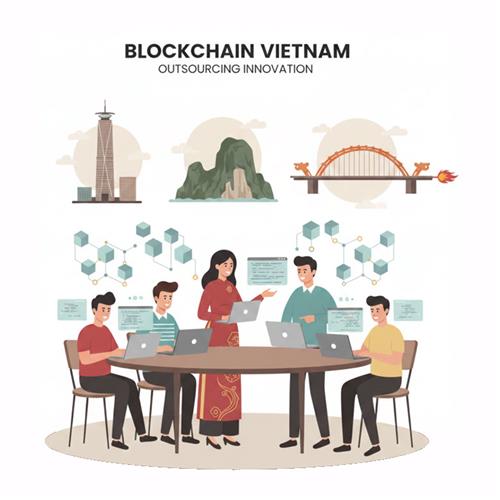
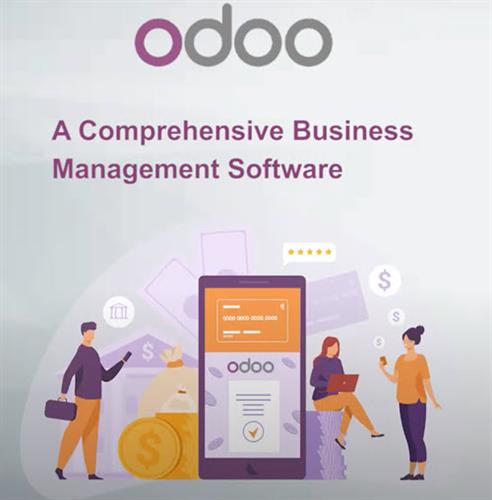

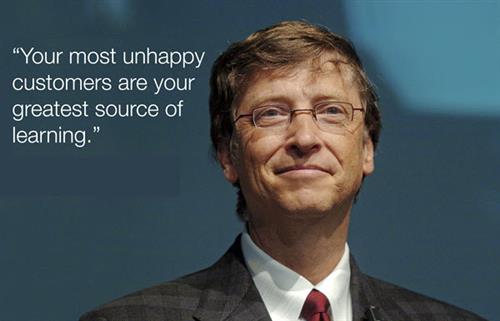

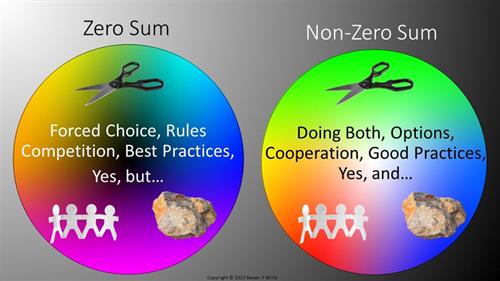
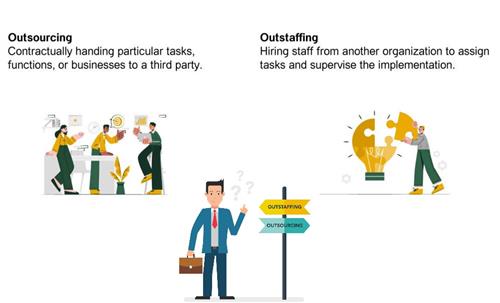

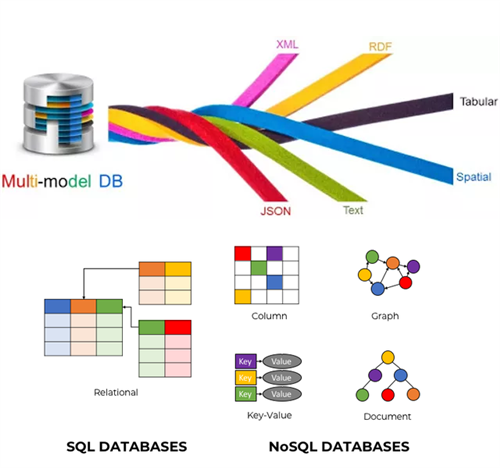
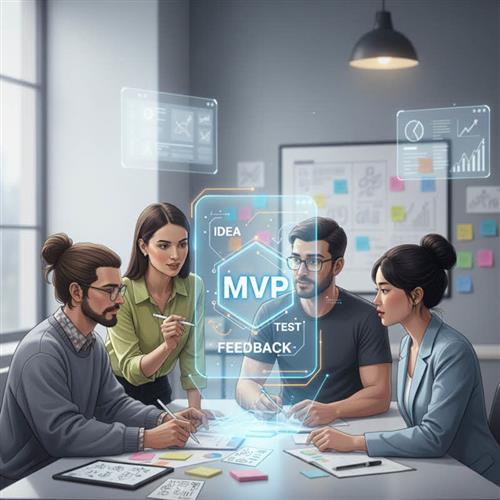
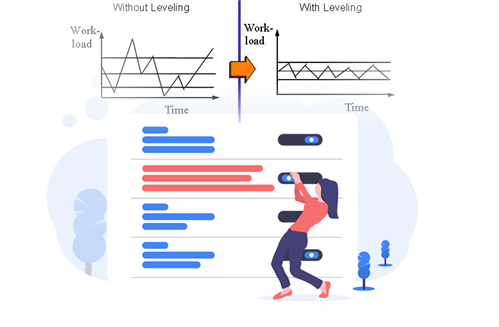
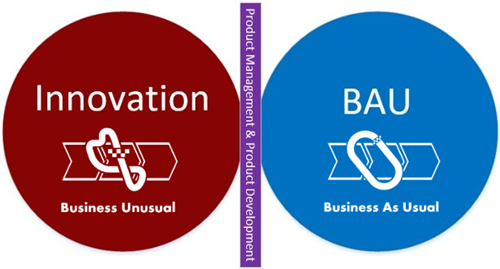


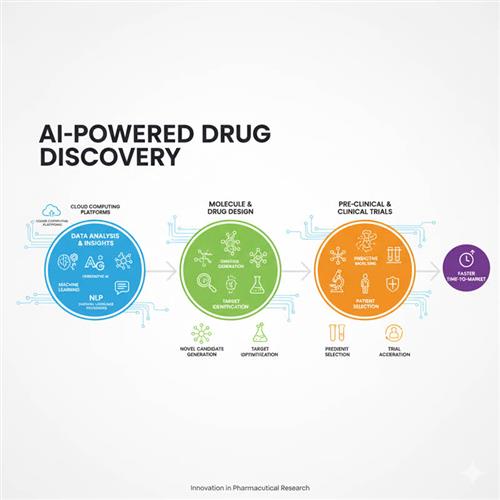

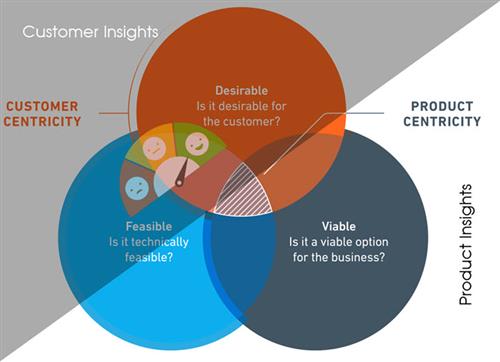
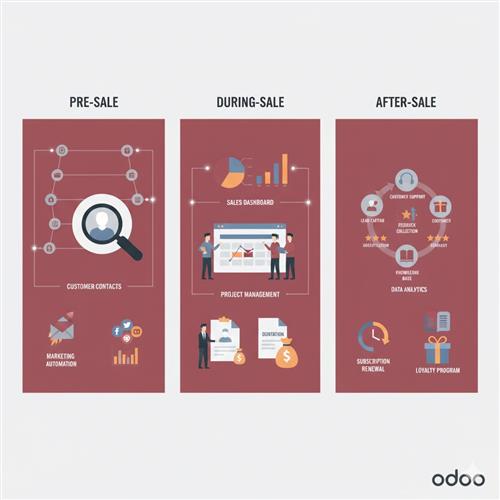
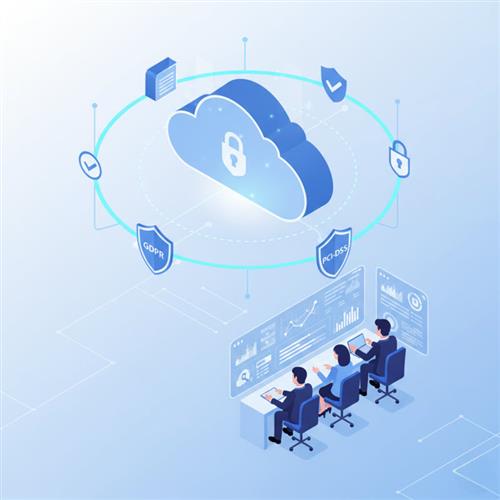










 Link copied!
Link copied!
 Recently Updated News
Recently Updated News